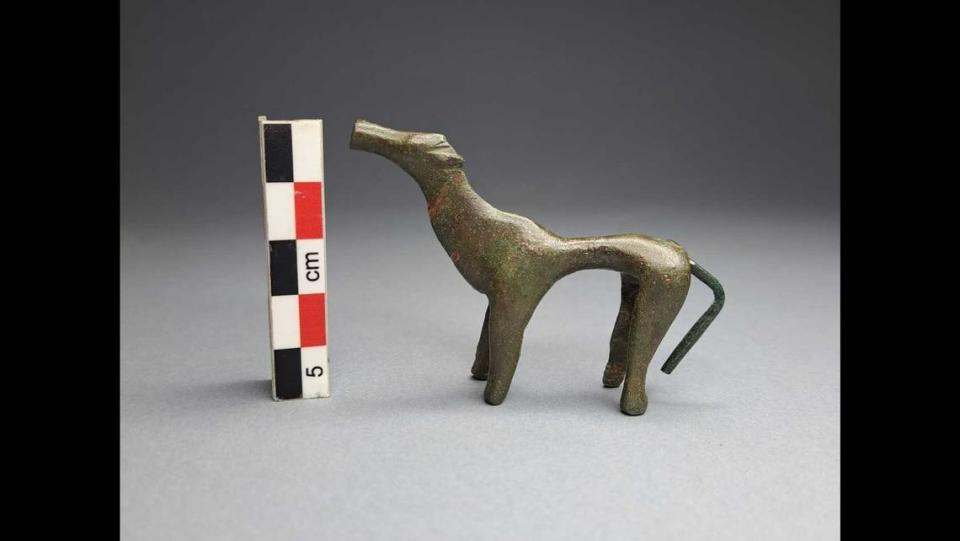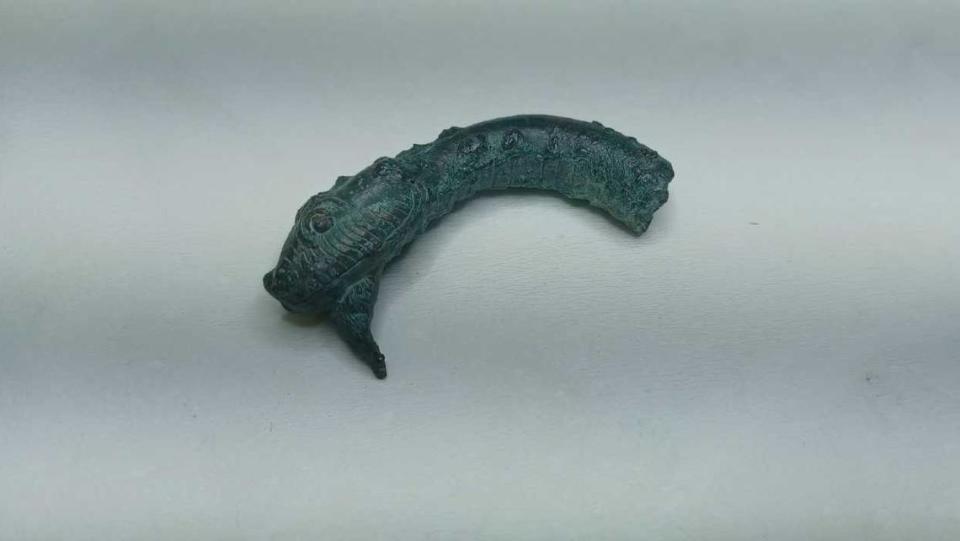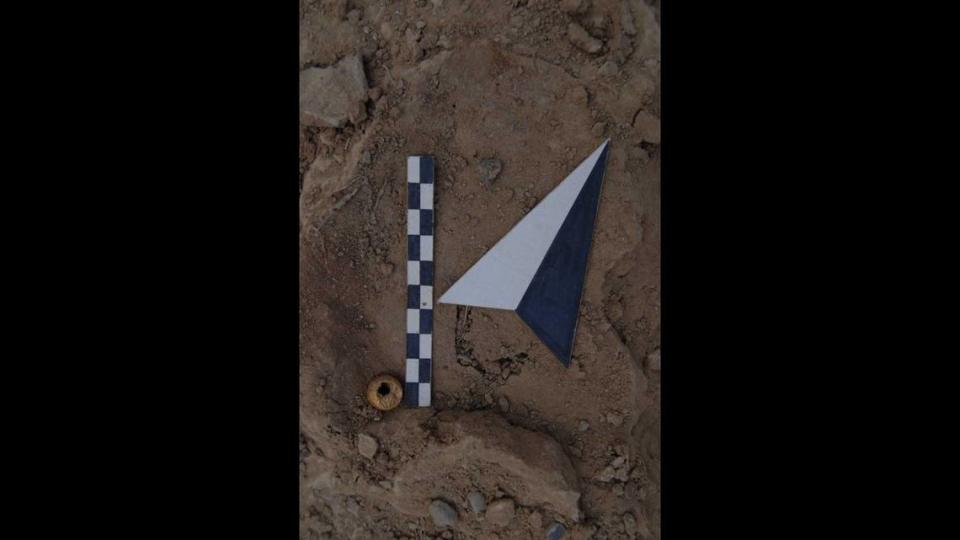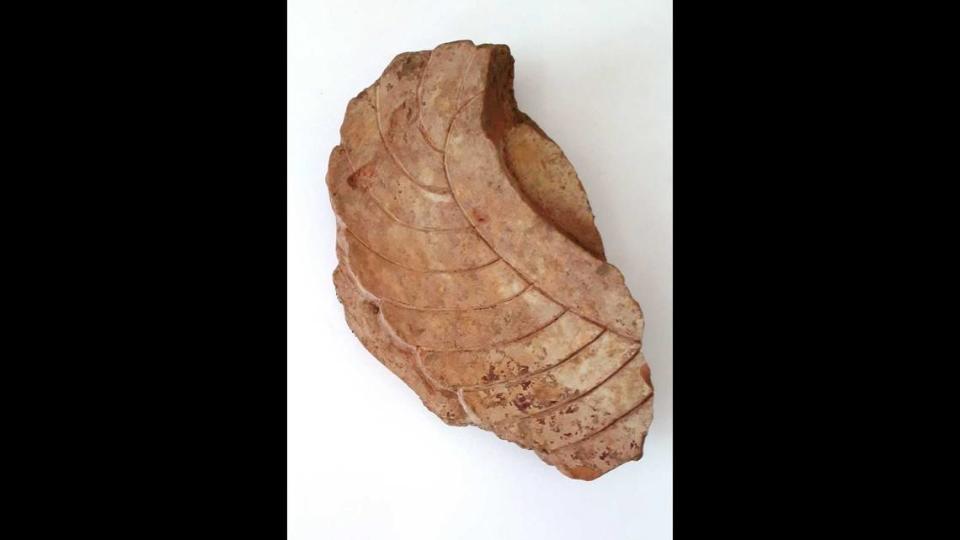Cult center was destroyed 2,600 years ago in Greece. Now experts uncover its secrets
Around 2,600 years ago, the Greek city of Helike was destroyed when a violent earthquake and tsunami struck the region, leaving the city buried.
Archaeologists and researchers have pursued explorations of the city’s remains for decades, and recent excavations have begun uncovering more about Helike’s cult center, according to a news release from Greece’s Ministry of Culture.
Previous excavations of the site revealed an arched temple dating between 710 and 700 B.C., with a brick altar dating to 760 to 750 B.C., officials said. The latest round of excavations, from May 2 until June 23, focused on the remains of two more buildings and more religious remains.
Experts said the first building they explored dates to the eighth century B.C. It had pressed soil floors and an approximately 60- to 65-foot-long wall, and it appears to have been used in three different phases.
The remains of the second building included a temple-shaped stone foundation dating to the seventh7 or sixth century B.C., officials said.
It was filled with light pottery dating to the Archaic era — which lasted from around 800 B.C. until 479 B.C., according to the World History Encyclopedia — as well as clay figurines and a bronze snake head, archaeologists said. A clay wing that belonged to a depiction of a mythological figure was also found during the excavations.


East of the two buildings, researchers unearthed a number of artifacts dating to the eighth and ninth centuries B.C. Experts said these discoveries confirm the use of the space for religious purposes as early as 850 B.C.
Among their finds, archaeologists identified offerings to the sanctuary’s deity — Poseidon— including clay and bronze figurines, clay chariot wheels, bronze buckles and pins, iron weapons and a rare piece of a golden necklace, according to officials. Evidence of a second deity was also found at the site.


The building remains also revealed that the area was subjected to frequent floods, experts said. This finding indicates that its residents felt a connection to the area because rather than relocating, they continued to build and rebuild the site.

Archaeologists said they also found evidence of animal sacrifices, including goats, sheep and pigs, at the site. There was also indications of grape plant remains, pointing to the importance of wine for rituals at the sanctuary.
Helike was on the southwest shore of the Gulf of Corinth, according to the Helike Project. The Gulf of Corinth is about 66 miles northwest of Athens.
Google Translate was used to translate a news release from Greece’s Ministry of Culture.
2,300-year-old statue depicting 3-headed goddess of witchcraft found in Turkey. See it
Detailed mosaic floor — with Medusa’s face — unearthed in ancient Roman villa. See it
2,300-year-old shipwreck — filled with wine jars — found off Egypt coast. See them


